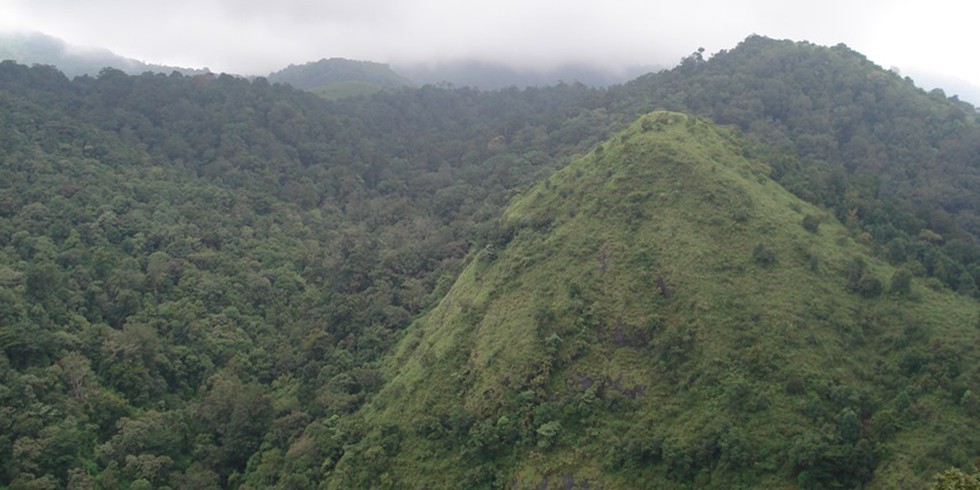
Karimpuzha Wildlife Sanctuary

01.04.2025
Karimpuzha Wildlife Sanctuary
|
For Prelims: About Karimpuzha Wildlife Sanctuary |
Why in the news?
A recent faunal survey conducted by the Forest Department, has reported 63 new species of odonates, butterflies, and birds in the Karimpuzha Wildlife Sanctuary.
About Karimpuzha Wildlife Sanctuary:
- It lies in the Malappuram district in Kerala.
- Spanning approximately 227.97 sq.km, the sanctuary is situated on the western slopes of the Nilgiri Hills.
- The forest areas of Karimpuzha WLS forms part of the Nilgiri Biosphere Reserve (NBR), recognized under the Man and Biosphere Programme of UNESCO.
- Karimpuzha WLS shares a boundary with Mukurthi NP (Tamil Nadu) on the eastern side and Silent Valley NP (Kerala) on the southern side.
- The name ‘Karimpuzha’ is derived from the Karimpuzha River, a tributary of the River Chaliyar.
- The sharp topographical gradient of the hills ranging from 40 m to 2550 m is the primary reason for the unique biodiversity of the Karimpuzha WildLife Sanctuary.
- The area merges with landscapes of Tamil Nadu and Kerala.
- Steep hills, deep valleys, marshy lands, grasslands, and shola forests with hillocks, and perennial water sources combined with altitudinal variations make it an ideal habitat for a variety of flora and fauna.
- The nomadic tribe cholanaikans, cavemen of Kerala, are living inside the Karimpuzha WLS.
- They are classified as Particularly Vulnerable Tribal Groups (PVTGs) by the Government of India.
- Flora: It is the state’s only forest stretch where seven forest types found in the state are all present, including evergreen rainforest, semi-evergreen forest, moist deciduous forest, sub-tropical hill forest, sub-tropical savannah, montane wet temperate forest and montane wet grasslands.
- Fauna: It is home to a variety of fauna endemic to the Western Ghats, including the Nilgiri Tahr, Lion-tailed macaque, slender loris, tiger, gaur.
Source: The Hindu
Karimpuzha Wildlife Sanctuary lies in which one of the following states?
A.Maharashtra
B.Kerala
C.Karnataka
D.Odisha
Answer B